Announcing the 2021 Berlin Film Festival Winners
The 71st Berlinale Film Festival just announced its 2021 winners. The event, which has been around since the Cold War,…

The 71st Berlinale Film Festival just announced its 2021 winners. The event, which has been around since the Cold War,…
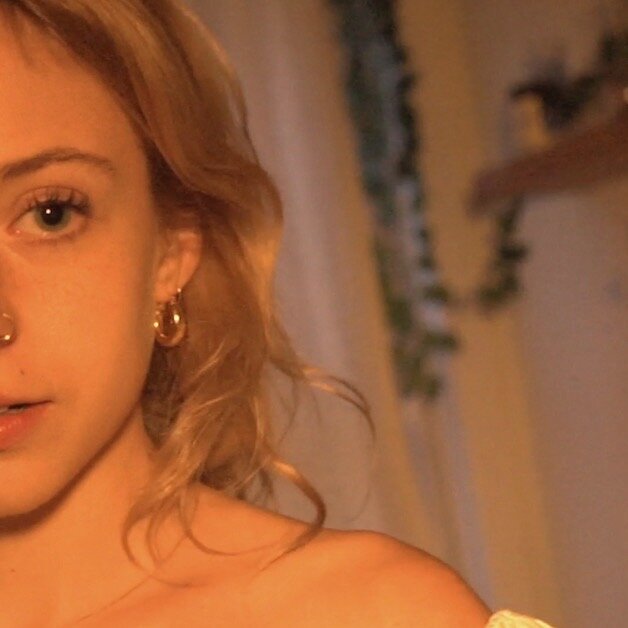
With COVID-19 restrictions putting production on hold, filmmakers must employ different methods of creating, distributing, and producing content. Filmmakers like…
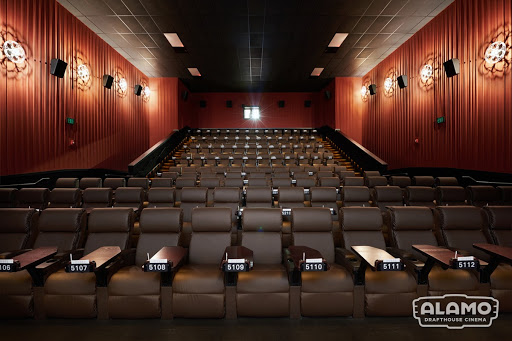
Independent dine-in theater chain Alamo Drafthouse Cinema announced last Wednesday that it filed for Chapter 11 bankruptcy protection and will…
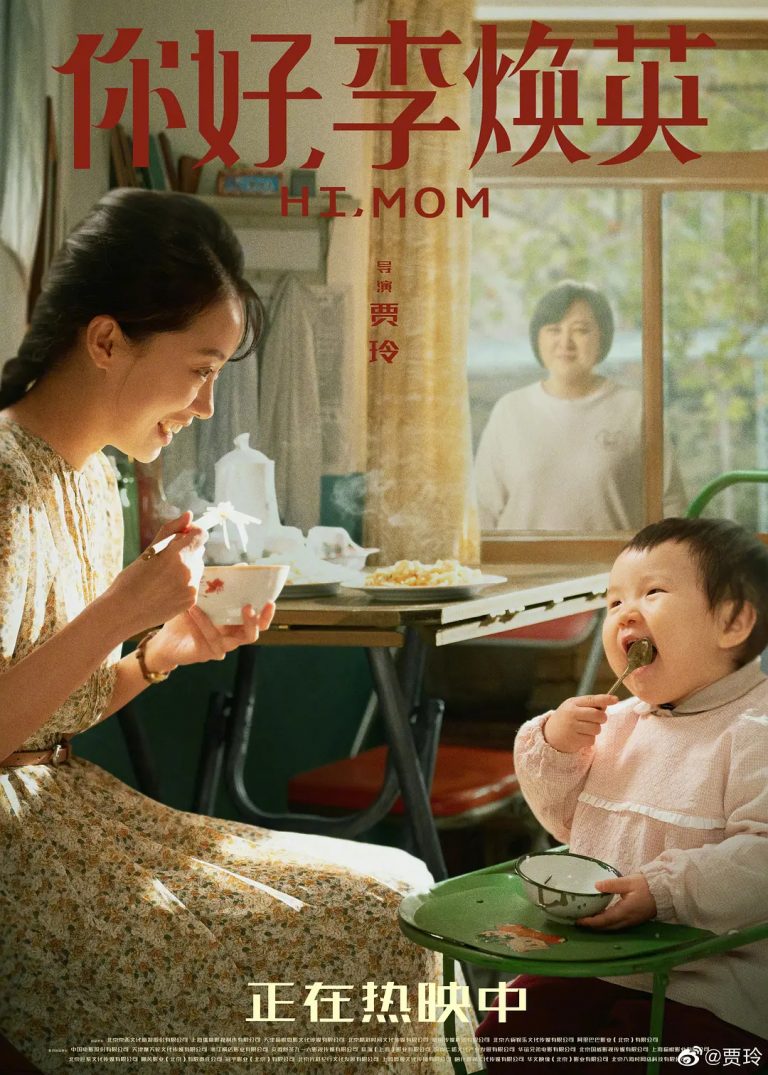
The 2021 Chinese New Year film market opened on February 11 and the total box office reached RMB 78.22 billion,…
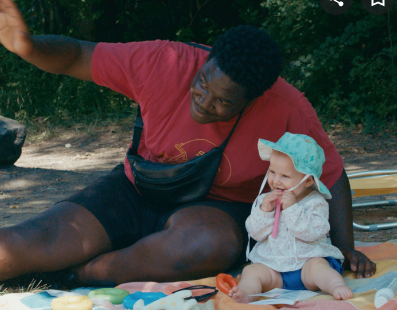
Spring is busting out all over New York City, with cinemas scheduled to open March 5 (25% capacity, 50-seat maximum)….

A new genre of film festival focusing on an often-overlooked demographic has emerged in recent years: films made by and…
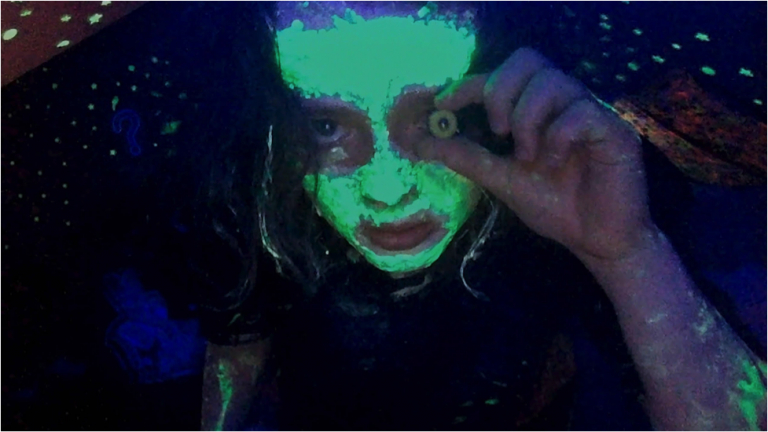
Before the viewing of We’re All Going to the World’s Fair starts, director Jane Schoenbrun instructs the audience attending the…
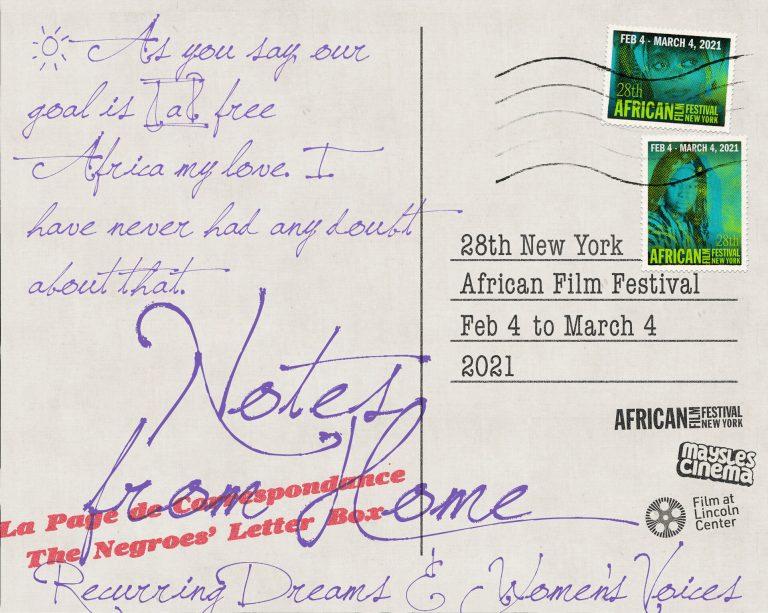
This year’s New York African Film Festival provides the perfect start to Black History Month in the United States. The…
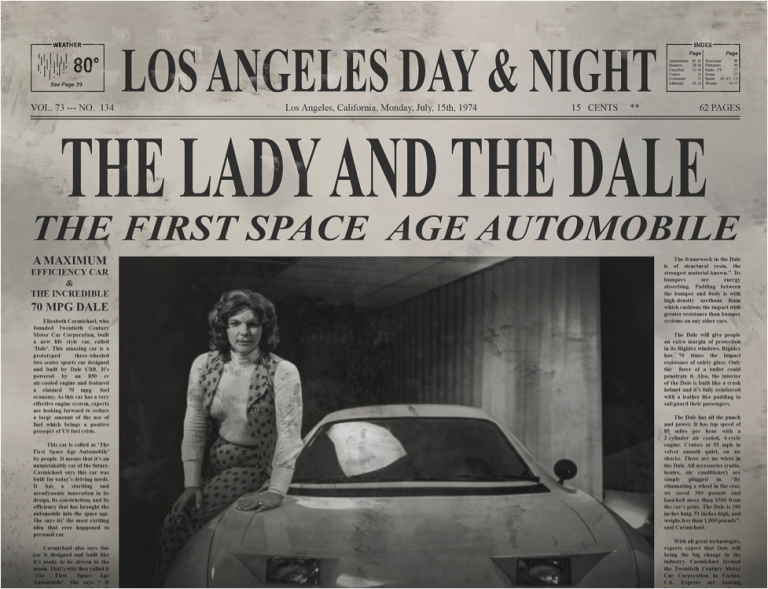
I need to come clean. I don’t drive. The last time I was behind the steering wheel was in 2016,…